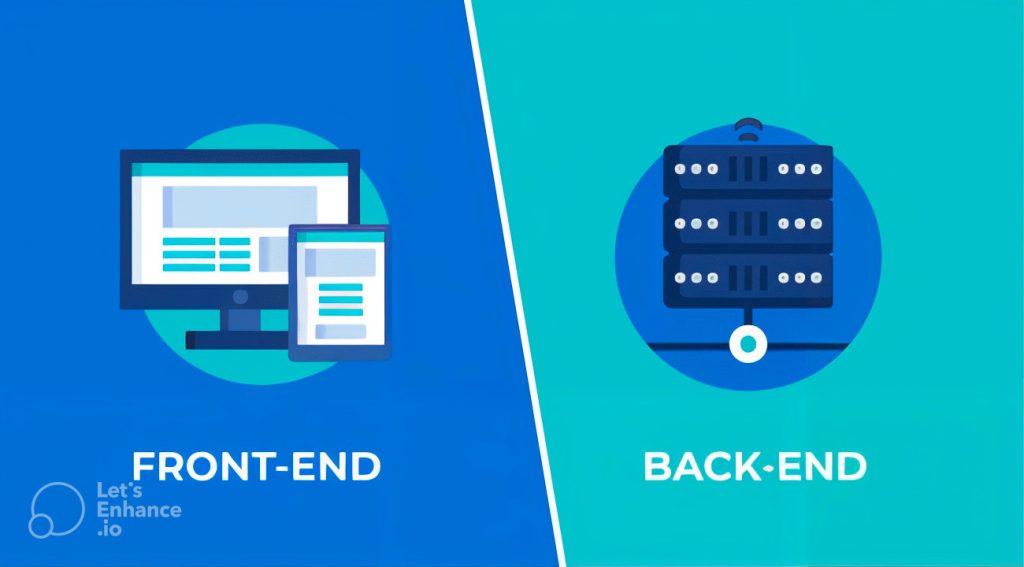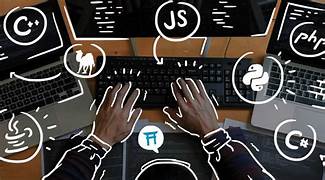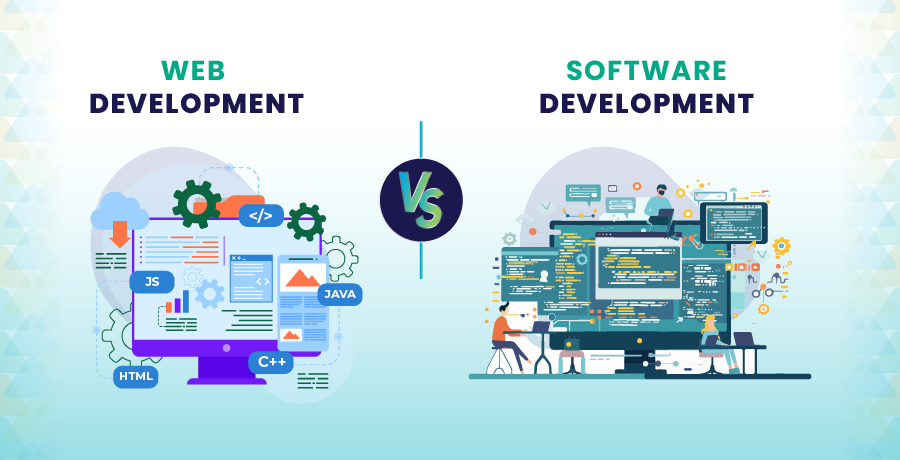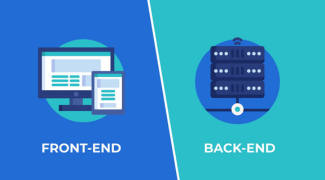Front-End vs Back-End Development: Key Differences and Career Opportunities

Front-end and back-end development’s are two crucial aspects of web development, each with distinct roles, responsibilities, and career opportunities. Here’s a detailed look at the key differences between front-end and back-end development and the career paths associated with each.
Front-End Development
Overview:
Front-end development involves creating the visual and interactive aspects of a website or web application. It’s everything users see and interact with directly in their web browsers.
Key Responsibilities:
- User Interface (UI) Design: Developing the layout, design, and interactive elements of a website or application.
- User Experience (UX): Ensuring that the website or app is intuitive, accessible, and provides a positive user experience.
- Responsive Design: Making sure that the application looks good and functions well on various devices and screen sizes.
- Performance Optimization: Optimizing assets (images, scripts, etc.) to ensure fast load times and smooth interactions.
Common Technologies:
- Languages: HTML, CSS, JavaScript
- Frameworks/Libraries: React, Angular, Vue.js
- Tools: Sass, Webpack, Gulp
Career Opportunities:
- Front-End Developer: Focuses on building and optimizing the visual aspects of web applications.
- UI/UX Designer: Specializes in designing user interfaces and experiences, often working closely with front-end developers.
- Web Designer: Focuses on the aesthetics and layout of websites, combining design and some front-end coding skills.
Pros:
- Immediate Feedback: You can see your work in action immediately in the browser.
- Creativity: Offers opportunities to design and implement engaging user interfaces and experiences.
- High Demand: Front-end development skills are in high demand, especially with the growing emphasis on user experience.
Cons:
- Browser Compatibility: Ensuring consistent behavior across different browsers and devices can be challenging.
- Rapidly Evolving Technologies: Keeping up with the latest frameworks, libraries, and best practices requires continuous learning.
Back-End Development
Overview:
Back-end development involves server-side programming and database management. It’s responsible for the functionality, data management, and business logic of web applications.
Key Responsibilities:
- Server-Side Logic: Writing the code that handles business logic, user authentication, and application functionality.
- Database Management: Designing and managing databases, ensuring data integrity, and performing queries.
- API Development: Creating and managing APIs (Application Programming Interfaces) that connect the front end to the back end.
- Performance Optimization: Ensuring that server-side operations and database interactions are efficient and scalable.
Common Technologies:
- Languages: Python, Java, Ruby, PHP, Node.js
- Frameworks: Django, Flask, Spring, Ruby on Rails, Express.js
- Databases: MySQL, PostgreSQL, MongoDB, Redis
Career Opportunities:
- Back-End Developer: Focuses on server-side logic, database interactions, and API development.
- Database Administrator (DBA): Specializes in database management, optimization, and security.
- DevOps Engineer: Combines development and operations skills to manage infrastructure, automate deployments, and ensure smooth operations.
Pros:
- Complex Problem Solving: Involves solving complex issues related to data management and server performance.
- Less Immediate Feedback: You work on the underlying functionality that users don’t see directly, which can be satisfying in terms of problem-solving.
- Scalability: Opportunities to work on high-performance and scalable applications.
Cons:
- Less Visible Results: Changes aren’t immediately visible to end-users, which can be less gratifying than front-end development.
- Integration Challenges: Ensuring smooth integration between front-end and back-end systems can be complex.
Choosing the Right Path
Interests and Skills:
- Front-End Development: If you’re interested in design, user experience, and working directly with the user interface, front-end development might be the right path.
- Back-End Development: If you enjoy working with databases, server logic, and ensuring the functionality and performance of applications, back-end development could be a better fit.
Career Goals:
- Front-End Development: Ideal for those who want to create engaging and visually appealing user experiences and work closely with design.
- Back-End Development: Suitable for those interested in the technical aspects of applications, such as server management and database operations.
Learning and Growth:
- Front-End: Involves learning about UI/UX design principles, modern JavaScript frameworks, and responsive design techniques.
- Back-End: Requires understanding server-side languages, database design, API development, and system architecture.
Conclusion
Both front-end and back-end development offer rewarding careers with distinct challenges and opportunities. Many modern roles also blend both areas into full-stack development, which requires proficiency in both front-end and back-end technologies. The right path for you depends on your interests, strengths, and career aspirations. Consider exploring both areas through projects or internships to gain a better understanding of what suits you best.









